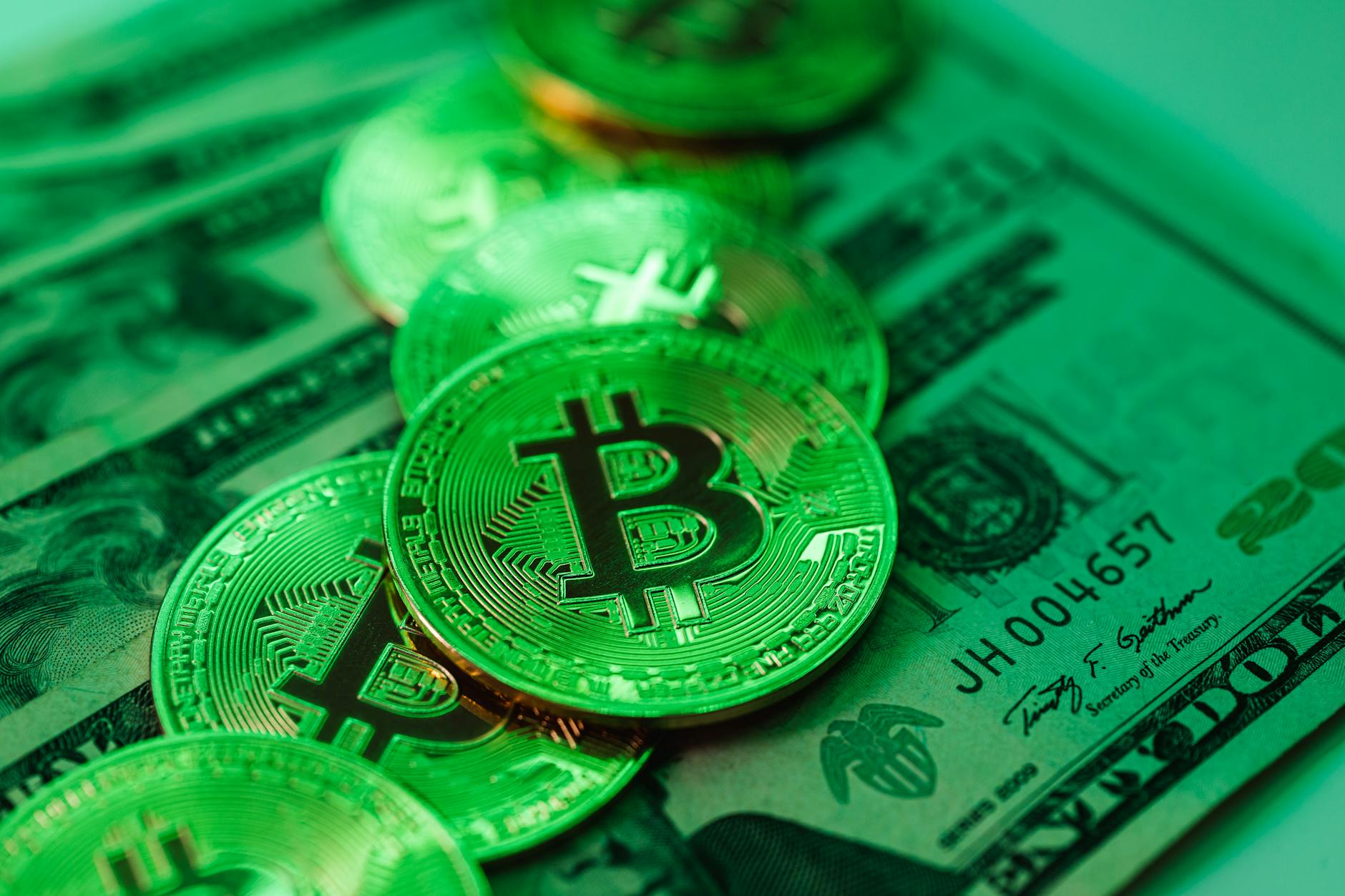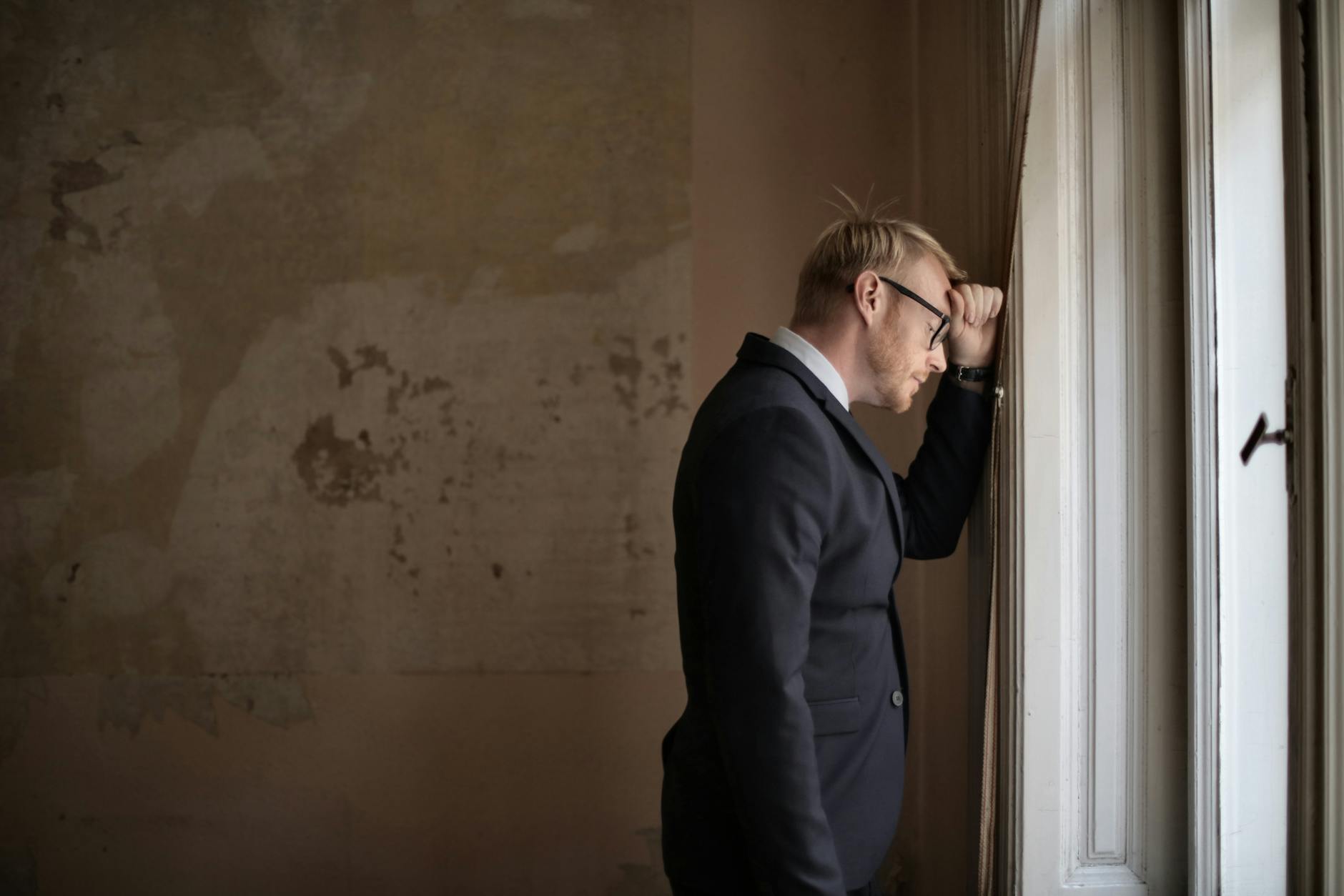How to Integrate Eco-Friendly Practices with Financial Planning in Australia

Why Eco-Friendly Matters
Sustainability isn't just a global trend; it has significant ramifications for every part of our lives, including our finances. In Australia, the environmental footprint of day-to-day activities is considerable, making it crucial to embrace eco-friendly practices bank account. By understanding their effect on the environment and our personal finance, we can make impactful changes that benefit both.
Environmental Impact in Australia
Australia is known for its unique ecosystems, but they're vulnerable to climate change. Each small step we take in reducing waste and conserving resources contributes to protecting these precious environments. For instance, the Brisbane Botanic Gardens are a stunning reminder of what we're trying to preserve. Adopting practices such as recycling, reducing energy consumption, and using biodegradable materials can mitigate adverse environmental impacts.
Benefits of Sustainability
Sustainability provides multiple benefits, both environmentally and financially. By adopting sustainable practices, you might notice reduced utility bills, which leaves more room to save or invest. When you compare term deposit rates, you're making financial decisions that not only protect the planet but also enhance your financial wellbeing. A shift towards solar panels or energy-efficient appliances can significantly lower expenses while reducing carbon emissions.
Influences on Personal Finance
Integrating sustainable living with personal finance can be seamless. Consider replacing traditional bulbs with LEDs or investing in a rainwater collection system, as these strategies can lead to savings. Opening a savings account dedicated to green initiatives allows for targeted financial growth while fostering a sustainable lifestyle. Embracing these practices helps you establish a robust financial foundation for the future.
Financial Planning Basics
Key Financial Goals
Establishing clear financial goals is crucial for effective planning. Whether you're aiming to build a robust savings portfolio or prepare for long-term commitments like purchasing a home, having specific objectives can guide your efforts. For many in Brisbane, including those who frequent the lush expanses of the South Bank Parklands, a significant goal might be saving for a house deposit. Consider evaluating your needs, such as setting an emergency fund or planning for travel, and then prioritizing which goal to tackle first.
Budgeting for Beginners
Crafting a practical budget involves understanding where your income goes and identifying areas for improvement. Begin by listing all sources of income and categorizing your expenses. Essentials, like rent and groceries, take precedence, while discretionary spending can be adjusted. Tracking your spending habits will help you align your budget with your financial goals. Utilising tools such as budgeting apps can simplify this process and provide a clear picture of your financial standing.
Savings Strategies That Work
Implementing effective savings strategies is integral to building financial security while staying true to eco-friendly values. Many turn to a high yield savings account to maximise interest on their savings, providing a safe and stable growth environment. Additionally, using a term deposit calculator can help you determine the best plan to lock away funds at competitive interest rates. Balancing these strategies brings you closer to financial goals without overwhelming complexity.
Integrating Eco-Friendly Practices
Green Investing Options
Investing sustainably doesn't just benefit the environment—it's a sound financial strategy, too. Green investing includes supporting companies with eco-friendly practices and renewable energy initiatives. Look for funds specifically labelled as sustainable or ethical, which screen for environmental, social, and governance (ESG) criteria. If you’re in the Brisbane area, local workshops near Brisbane Botanic Gardens can provide more insights into selecting these options. Always ensure to compare investment options to make informed decisions that align with your financial goals.
Energy-Efficient Choices
Adopting energy-efficient practices is excellent for the planet and can help cut your electricity bills. Simple changes, like switching to LED lighting or installing energy-efficient appliances, can lead to significant savings over time. Upgrading your home insulation reduces the need for heating and cooling, making your home more comfortable year-round. Such efforts contribute positively to your financial planning by lowering your monthly expenses.
Sustainable Saving Habits
Developing sustainable saving habits not only supports savings growth but also reinforces eco-friendly lifestyles. Opening a savings account that offers competitive interest rates can be a good start. Furthermore, a joint bank account can aid effective money management, allowing you and your partner to align financial goals. As you 'compare savings accounts,' consider using online calculators to assess which accounts offer the best interest rates and fees. Adopting such practices empowers you to support sustainability while also enhancing your financial health.
Challenges in Eco-Friendly Integration
Overcoming Initial Costs
Adopting eco-friendly practices often demands an upfront investment, which can pose a challenge for individuals like Jack. Initial costs associated with sustainable products or energy-efficient upgrades can be daunting. However, it's important to remember that these expenses can lead to long-term savings. Consider using a savings calculator to estimate potential savings from reduced energy bills or other cost-efficient measures. This practical step can help justify the initial investment and reinforce the positive financial impact over time.
Balancing Green with Goals
Balancing eco-friendly choices with personal financial goals requires a strategic approach. For Jack, who is keen on sustainable living while saving for his first home, it's essential to align green practices with his financial priorities. One way to achieve this balance is by setting clear, attainable targets and considering options like choosing a high-interest savings account to boost savings. Furthermore, Jack might explore sustainable banking options when he decides to open bank account. These accounts often come with benefits that align with his environmental values while supporting his fiscal objectives.
Staying Informed on Trends
Staying updated on the latest trends in sustainability is crucial for maximising the benefits of eco-friendly practices. Keeping abreast of developments in green technologies or sustainable investment opportunities can offer insights into new ways to save both money and the environment. For Jack, engaging with online resources or participating in discussions through forums and social media groups can provide ongoing education and encouragement without feeling overwhelmed by complex financial jargon. By remaining informed, Jack can continually refine his strategies to achieve an optimal balance between sustainability and financial security.
Eco-Friendly Planning for Jack
Setting Realistic, Sustainable Goals
Creating tangible, eco-friendly milestones is instrumental in aligning Jack's financial well being with sustainability. It’s beneficial to start with small, measurable steps that fit seamlessly into daily life. For instance, adopting energy-efficient appliances not only reduces carbon footprint but also trims utility bills. If you've wandered through South Bank Parklands in Brisbane, the benefits of preserving nature become apparent as you feel the cool, clean air on your skin. Jack might set a goal to reduce his household energy consumption by 15% over the next six months. This achievable target makes a real difference without overwhelming him.
Creating a Personalised Eco-Plan
Once Jack has set some ambitious yet achievable targets, it’s time for him to craft a tailored eco-plan. This involves taking stock of his resources—both financial and environmental. Exploring personal loan options to fund renewable energy installations could be an option to consider if immediate out-of-pocket costs are a barrier. By adopting sustainable practices, like installing solar panels, he not only positions himself in sync with Brisbane's sunny climate but also benefits financially in the long term. His journey can be further inspired by the innovative green spaces such as those at the Brisbane Botanic Gardens.
Tracking and Adjusting Progress
Regular checks and balances ensure Jack remains on track with his sustainable objectives. A visit to the lush Mount Coot-tha Lookout reminds us of the beauty that can be preserved through committed efforts. Incorporating tools like digital apps to monitor his energy savings and making changes when necessary is crucial for continued success. Jack should also stay informed about emerging sustainability trends, ensuring that his approach evolves with sustainable finance developments and new eco-friendly inventions. By consistently evaluating and refining his goals, Jack has the power to make a meaningful impact both economically and environmentally.


